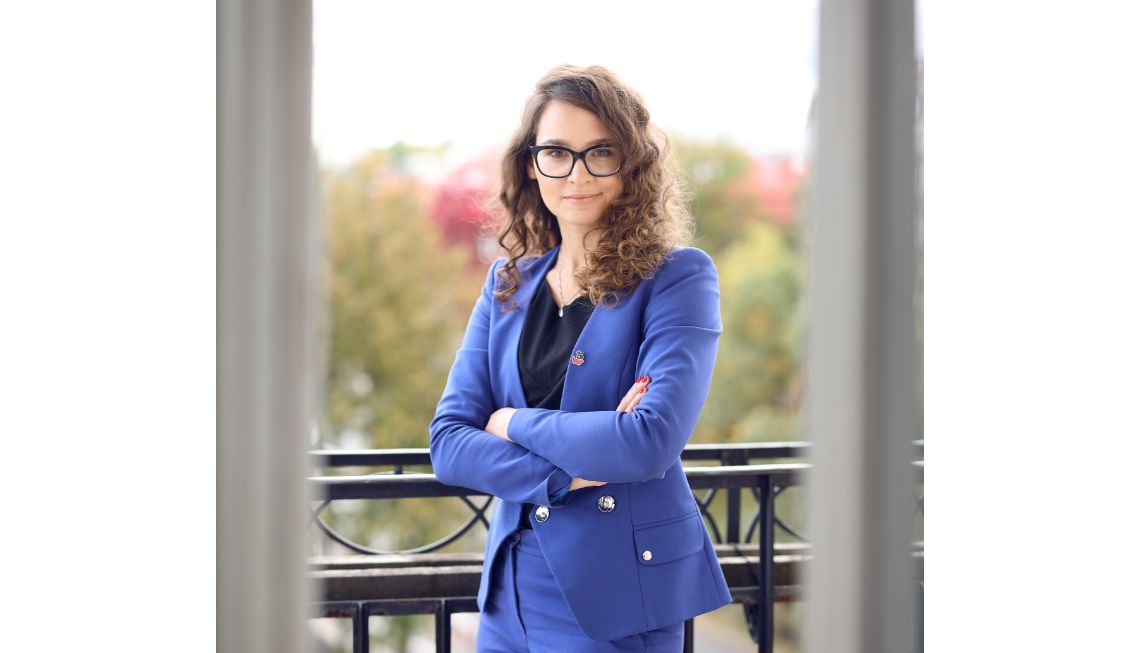Justyna Orłowska, Prime Minister’s High Representative for Government Technology and Head of the GovTech Center at the Prime Minister’s Office, Poland
By Yun Xuan Poon
Women in GovTech Special Report 2020

How do you use technology and policy to improve citizens’ lives? Tell us about your role and organisation.
Admittedly, ‘GovTech Center’ can mean many things, but the idea behind it is quite simple. The public sector in Poland consists of tens of thousands of institutions - from schools to ministries – and millions of officials, constantly generating an unfathomable number of ideas on how to make their area of expertise more innovative and open. What we do is make sure that these ideas flow smoothly and fit well with one another.
Perhaps uniquely among other countries, we are a cross-ministerial task force answerable to the Prime Minister and operating out of his office. In short – we are both a technology center overseeing most key digital projects in the country and a consulting agency helping other units better interact with innovators from both outside and inside the administration. We like to think of ourselves as a gateway for innovative ideas to enter government policy.
What is one unexpected learning from 2020?
In last year’s report I said that “2020 is looking even more promising than 2019 (or we’re just getting older)” and (while we continue to get older), 2020 did live up to these words.
Of course, the one big event that shaped GovTech - and digitalisation in general – in 2020 was the pandemic. The processes originally projected to drag on for years had to be completed in a week, but at this point in time, few find it really surprising and this is exactly what surprised me the most. We managed to make a digital future become digital reality almost overnight and our societies and economies adapted so fast that we barely noticed how systemic a change that was.
While of course I would have preferred this to happen due to a different reason, the silver lining is that humanity once again managed to emerge from a crisis stronger and more connected than ever before and being able to play a tiny role in that process is an immense honour for me.
What are your priorities for 2021?
The first and foremost priority remains to continually improve our digital ecosystem and make sure it works just as well and is just as understandable for recipients made out of flesh and blood, as for those of zeroes and ones. The pandemic has shown us that technology “being there” is just a first step out of many on a path which ends with a technology-embracing digital society, and we as decision makers need to accelerate our progress down that path.
On the other hand, in addition to making our actions effective on the outside, we need to do the same inside. There are multiple groups – entrepreneurs, NGOs, academics, Youth and more – whose ideas can transform multiple aspects of the public sector’s functioning and we need to continue to bring all of them on board. This is one of the challenges that never cease to remain relevant, but also bring us the most joy in execution.
Finally, speaking of enjoyable challenges without end - nothing we do makes any sense, unless it is shared with others. The international GovTech community continues to grow and exchange ideas in a vibrant ecosystem, but we need to make sure that what we do follows the international context. So, plainly speaking – more meetings, more common projects and more knowledge-sharing. Can’t wait!
What advice would you give to women looking to start a career in GovTech?
My advice remains the same regardless of gender – reach out to people! One of the many things I find appealing in GovTech is that, while it is a sector measured in the hundreds of billions of dollars annually, it is also a small and close-knit community measured in hundreds of contacts and as many frequent conversations. I’m sure each of us would appreciate an e-mail, a LinkedIn invitation, or a text message and we are always happy to welcome another GovTechite to the fold.
